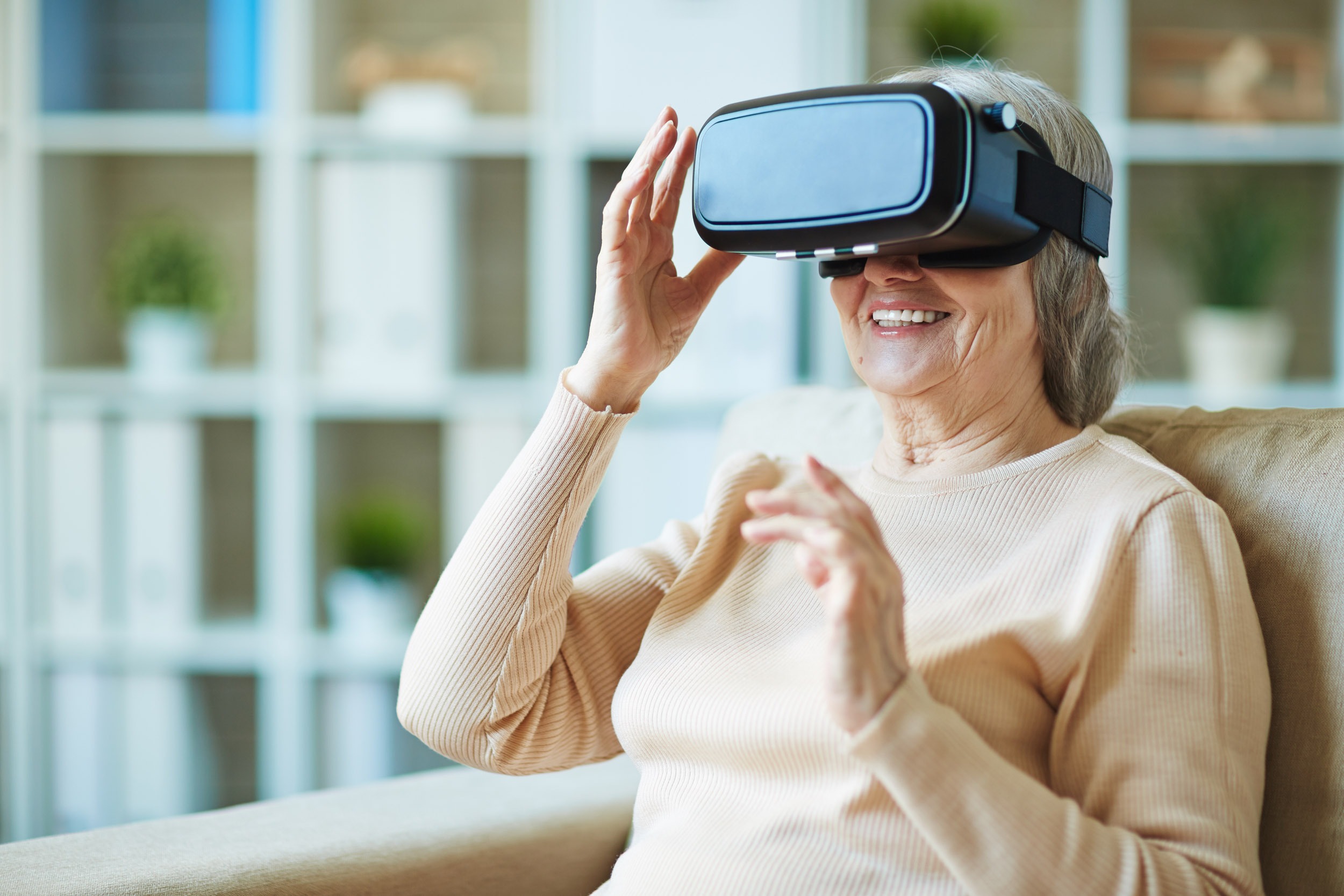
Recent studies show that virtual reality training significantly improves postural control and balance in stroke patients. Learn how VR technologies are being integrated into rehabilitation to reduce fall risks and enhance therapy outcomes.

The results of some studies have already suggested in the past that using virtual reality can improve the ability to balance of those affected, and that the training effects lead to better results compared with conventional training methods.
An overview of the current research is provided by a review by Ling Chen and his research group from the Department of Rehabilitation Medicine at the Guangdong Engineering and Technology Research Centre for Rehabilitation Medicine and Translation.
Overall, the researchers included nine studies from 2006 to 2015, in which stroke patients, divided into control and intervention groups, sought to improve their static and dynamic balance with conventional therapies or modern training methods using virtual reality.
To measure the improvements, common assessments such as the Berg Balance Scale and the Timed Up and Go-Test were used.
The results show that in eight of the nine studies patients in the intervention groups showed considerably greater improvements than those in the control groups. The authors talk about moderate evidence and describe virtual reality training as a useful addition to conventional rehabilitation programmes to improve the balance of patients after a stroke.VR can be described as a system of hardware and software that can be used to display a computer-generated environment in real time. Using interactive devices and three-dimensional displays, the viewer completely immerses themselves in a different (virtual) world, with which they can interact, for example, through hand or head movements. Virtual reality is thus a simulation that, in the best case, can no longer be distinguished from reality for the viewer.
It should be noted that virtual reality was used in the study as a very elastic term. In addition to professional VR solutions, the studies also used classic game consoles such as Nintendo Wii, Playstation, etc. which strictly speaking do not meet the definition criteria of virtual reality.
Virtual rehabilitation refers to the use of virtual reality for the treatment of neurological and neurophysiological diseases and disorders, among other things. The therapy is partly or fully supported by the use of the technology.
The term "virtual rehabilitation" was coined in 2002 at the first workshop on the topic "Virtual Reality Rehabilitation (Mental Health, Neurological, Physical, Vocational) VRMHR 2002" in Lausanne, Switzerland. Since then, relevant research from the participating fields has been consolidated under this keyword. In 2008, the International Society for Virtual Rehabilitation was founded.
Virtual rehabilitation provides a number of benefits over traditional therapy:
- Increased motivation of patients to cooperate
- Automatic recording and evaluation of therapy data
- Opportunity to offer home-based therapy or teletherapy,
in which part of the therapy takes place with patients and therapists being separated by geography and/or time - Potential to develop novel forms of therapy, which would be unthinkable without the use of technology.
However, the benefits of the technology for physiotherapy and occupational therapy have so far been documented mainly in the form of case studies. Its use also has disadvantages and involves certain risks. Immersion in VR, for example, can lead to temporary illnesses similar to seasickness, also referred to as VR sickness or simulator sickness. In addition, using it on patients with impaired perception should be deemed to be questionable.
Fitness and exergames as well as other computer-based training and therapy methods are frequently subsumed under the term of virtual rehabilitation in daily usage. However, this is not formally correct, so when using the term it is important to clarify which technologies and application scenarios are actually meant.

- Ling Chen, Wai Leung Ambrose Lo, Yu Rong Mao, et al., “Effect of Virtual Reality on Postural and Balance Control in Patients with Stroke: A Systematic Literature Review,” BioMed Research International, vol. 2016, Article ID 7309272, 8 pages, 2016. doi:10.1155/2016/7309272 Dörner R, Broll W, Grimm P, Jung B (Hrsg.). Virtual und Augmented Reality (VR/AR). Berlin Heidelberg: Springer Verlag: 7, 13-14 (2013).
Related contents
Find related exciting contents in our media library.
Meet our specialists.
Are you interested in our solutions? Schedule a meeting with a Consultant to talk through your strategy and understand how TEHRA-Trainer can help you to advance rehabilitation.
You need to load content from reCAPTCHA to submit the form. Please note that doing so will share data with third-party providers.
More InformationYou are currently viewing a placeholder content from Turnstile. To access the actual content, click the button below. Please note that doing so will share data with third-party providers.
More Information